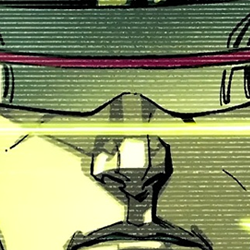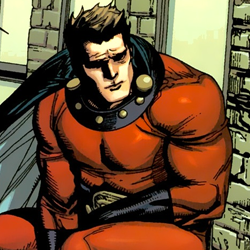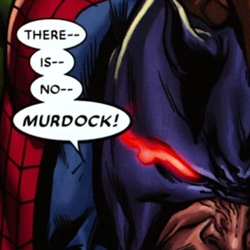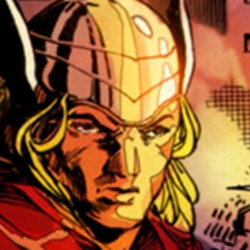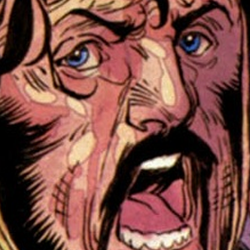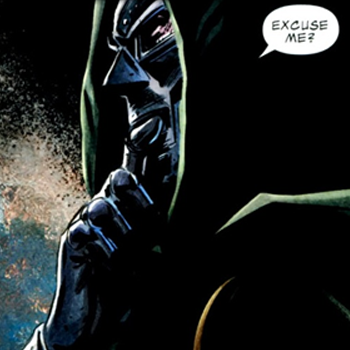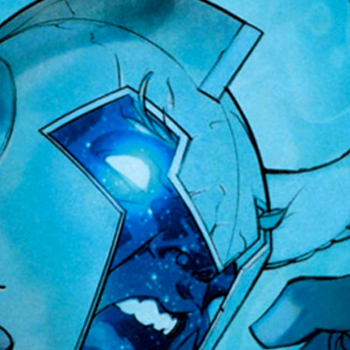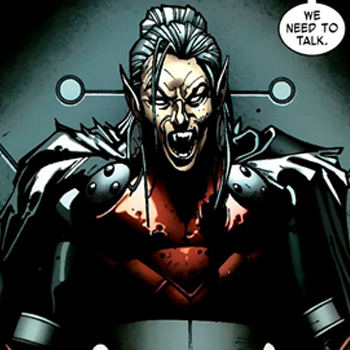X-Men Issue 4: “Curse of the Mutants, Part 4”
Things just keep getting worse for the X-Men; Wolverine is now a vampire and the bloodsuckers are running rampant over San Francisco. Historically, the X-Men work best when their backs are against the wall, so the second half of this first story arc for the new title should be entertaining. The comic starts out with the X-Men finally going on the offensive, with the focus being on the team of Blade and Angel. At first, it seems like an awkward pairing and, functionally, it is. However, the banter between the two and the way their personalities go together make for a fun read. Blade gets to kick some vampire ass, so it’s all good in the end. Paco Medina’s artwork is always solid, but really shines when the action starts. A solid amount of time is spent with the vampires this issue. Xarus’s plans are starting to come together, though some of his subordinates are growing impatient. We start to believe that he truly does want as many mutants left alive as possible in the coming battle, though not for any humanitarian reasons; he wants them to grow his ranks. I’ve enjoyed these scenes so far, though the vampire rhetoric from Jubilee and Wolverine is getting a bit tiring. The highlight of this issue is the conversation between Xarus and Cyclops. Xarus tries to sway Cyclops over to his side; again, it’s a fairly convincing argument and I really like the parallel between the mutants and vampires. Whether Xarus is sincere in his statements remains to be seen, but I like the concept. On the other hand, Scott Summers is in full alpha male mode and I love it every time. When Cyclops speaks, you damn well better listen. He never loses his poker face, even when Wolverine is revealed to the X-Men; I think it’s the visor. Anyway, we get some great dialog between Wolverine and Cyclops, bringing back a lot of the old animosity between the two over the years. Just like the previous three, Issue 4 of X-Men is more build-up for the inevitable clash between the mutants and the vampires. There’s been a lot of dialog and story development with only small tastes of action up to this point. I’m all for story development, especially when it’s as interesting as X-Men has been, but eventually you need to get to some action. I think Gischler understands this, which is why we’ve gotten the small bits of action mixed in to hold us over. If the next two issues deliver the big, fun action the X-Men franchise is known for, it will be worth all the build-up. If they don’t, X-Men could go from “promising” to “disappointing” real quick. Personally, I can’t wait to see Medina unleashed on a huge brawl and I’ll be heartbroken if I don’t get it. X-Men Issue 4: “Curse of the Mutants, Part 4” Marvel Comics Story: Victor Gischler Art: Paco Medina, Juan Vlasco, Marte Gracia...
